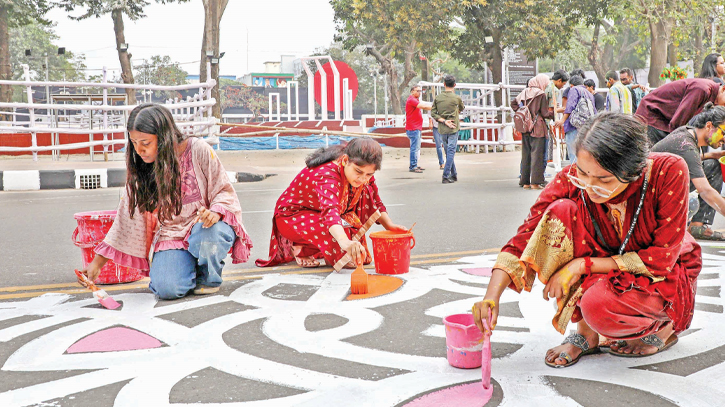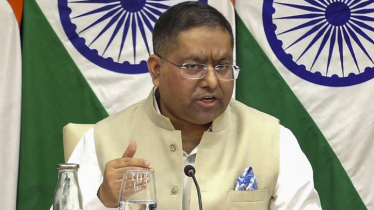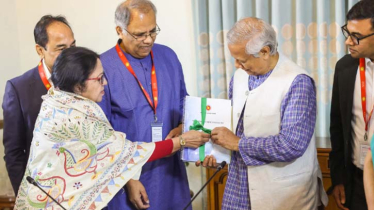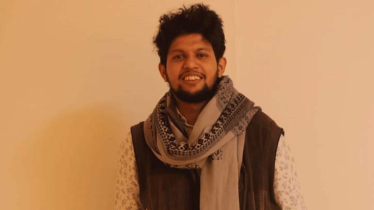
Photo : Messenger
The world celebrates International Mother Language Day to promote linguistic and cultural diversity, as well as multilingualism on February 21 every year.
In 1999, the United Nations Educational, Scientific, and Cultural Organisation (UNESCO) approved the idea of celebrating International Mother Language Day.
According to the UNESCO website, the day was established on the initiative of Bangladesh and has been observed worldwide since 1999. For societies to be sustainable, cultural and linguistic diversity is crucial.
This day honoured and remembered the historical language movement and the martyrs who gave their lives in Bangladesh in 1952. This day, also known as 'Matri Bhasha Dibas,' is widely observed and celebrated.
The History and Significance of International Mother Language Day 2023
This day celebrates languages and multilingualism as powerful tools for social inclusion and global development. It seeks to promote the long-term development goals of equity for all. The General Assembly of the United Nations-supported the declaration of a United Nations Day in 2002. The United Nations General Assembly encourages member states to take action to preserve and protect all languages spoken by people around the world in this resolution. Language plays an important role in bringing about change and growth in human civilization.
International Mother Language Day 2024: Theme
Multilingual education – a pillar of learning and intergenerational learning.
When did International Mother Language day start?
International Mother Language Day was declared by the United Nations Educational, Scientific, and Cultural Organization (UNESCO) General Conference in November 1999.
Why is International Language Day celebrated?
International Mother Language Day is being celebrated across the world to promote linguistic and cultural diversity, as well as multilingualism.
Reprinted from The Economic Times, New Delhi, India
Messenger/Sajib








